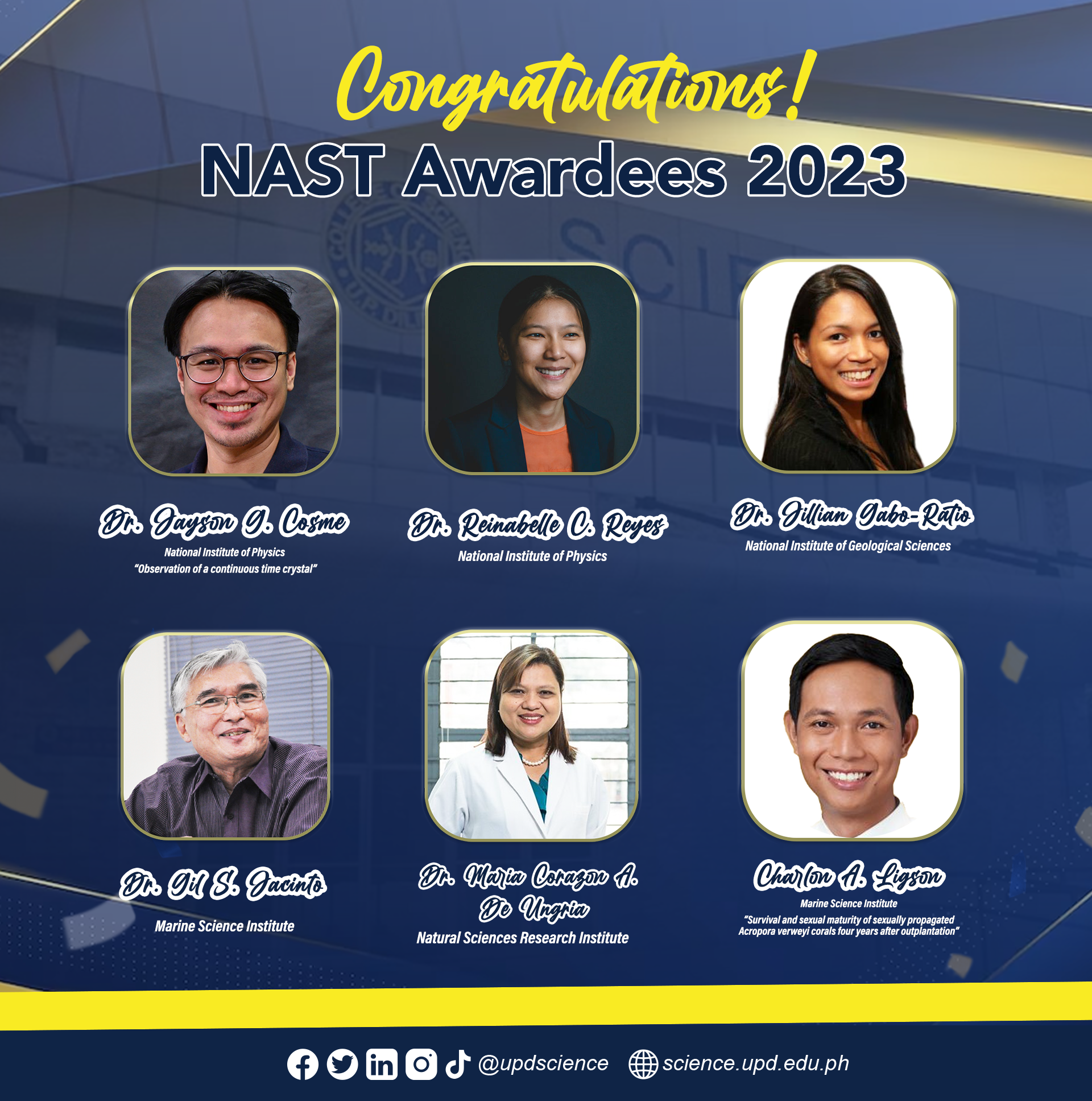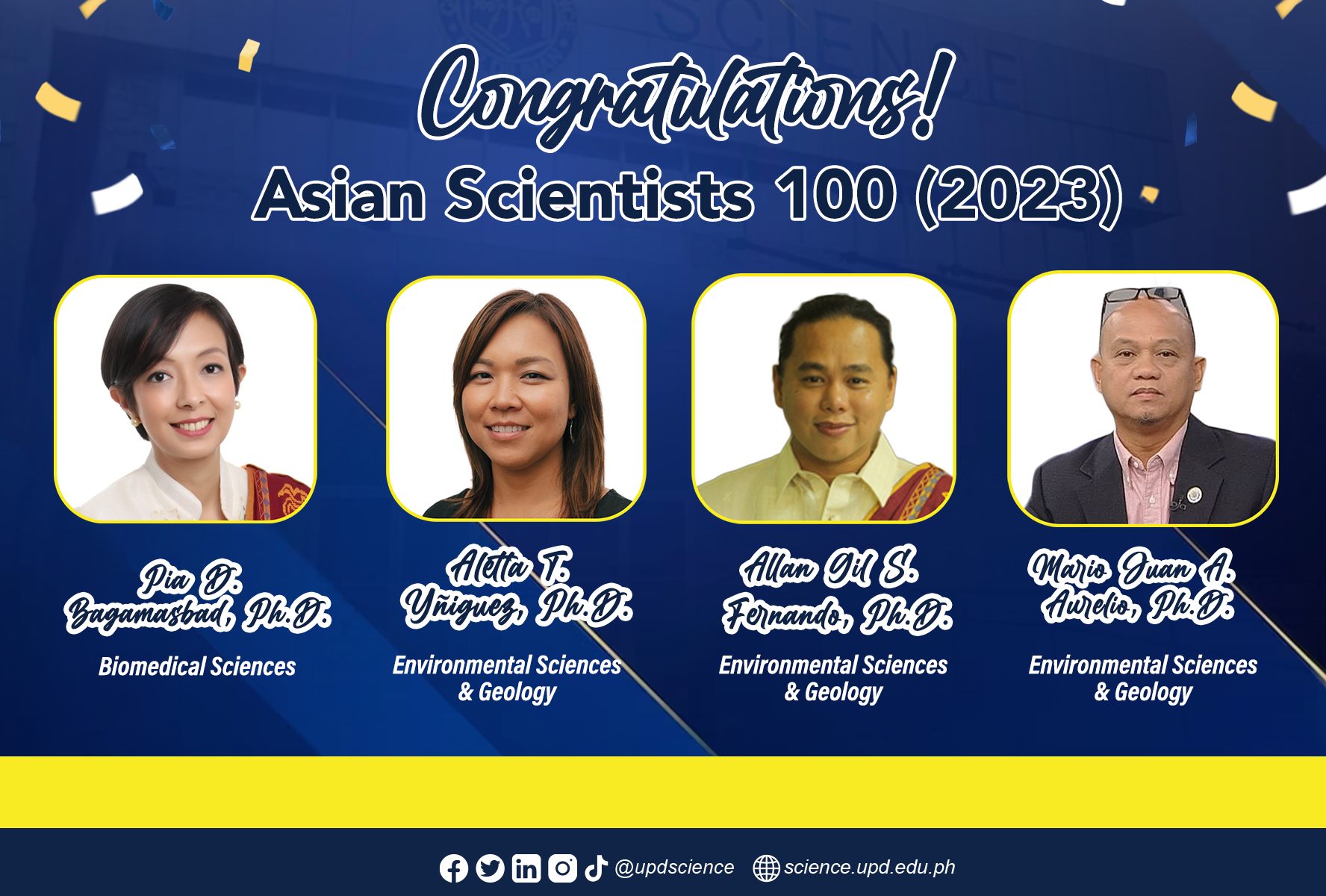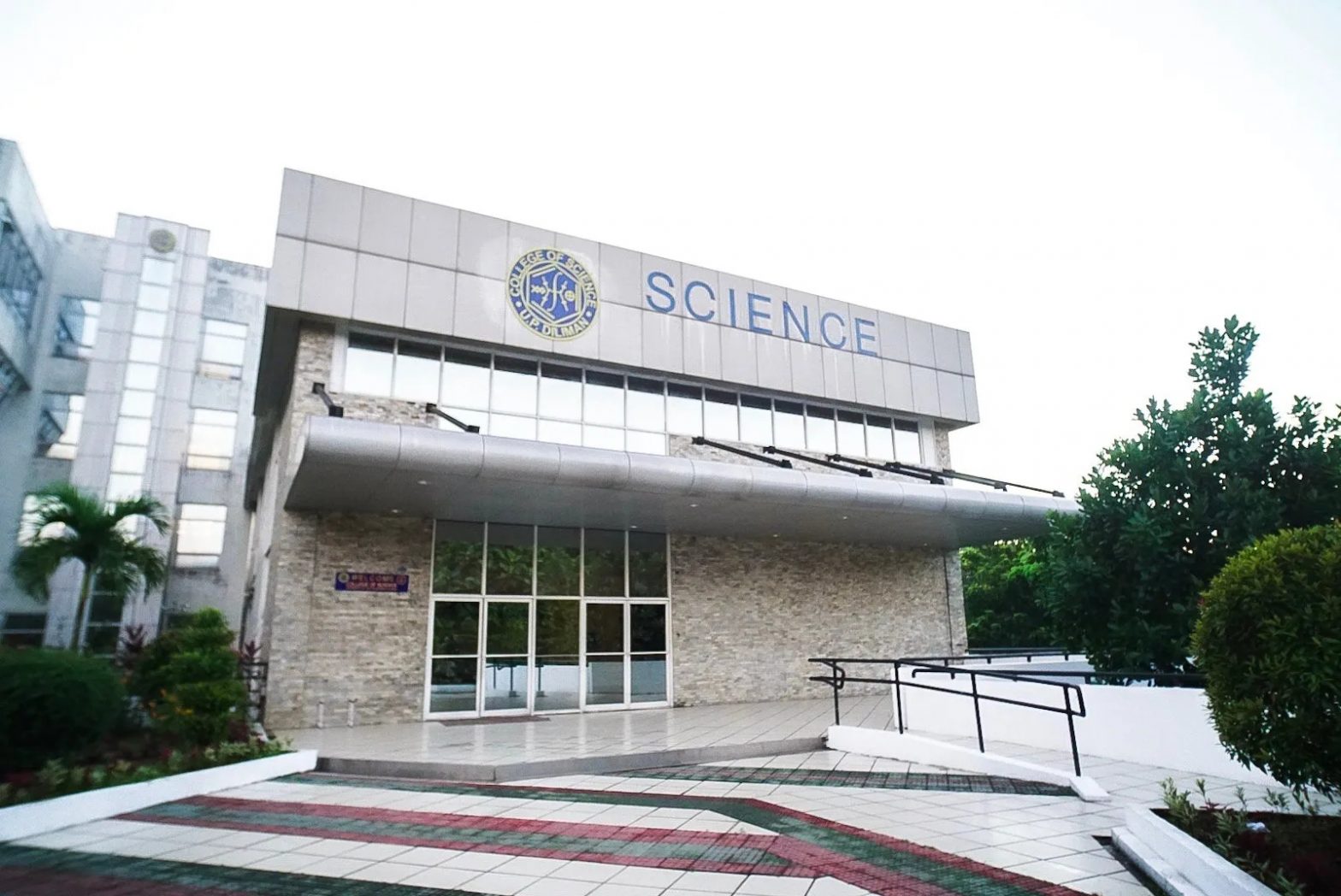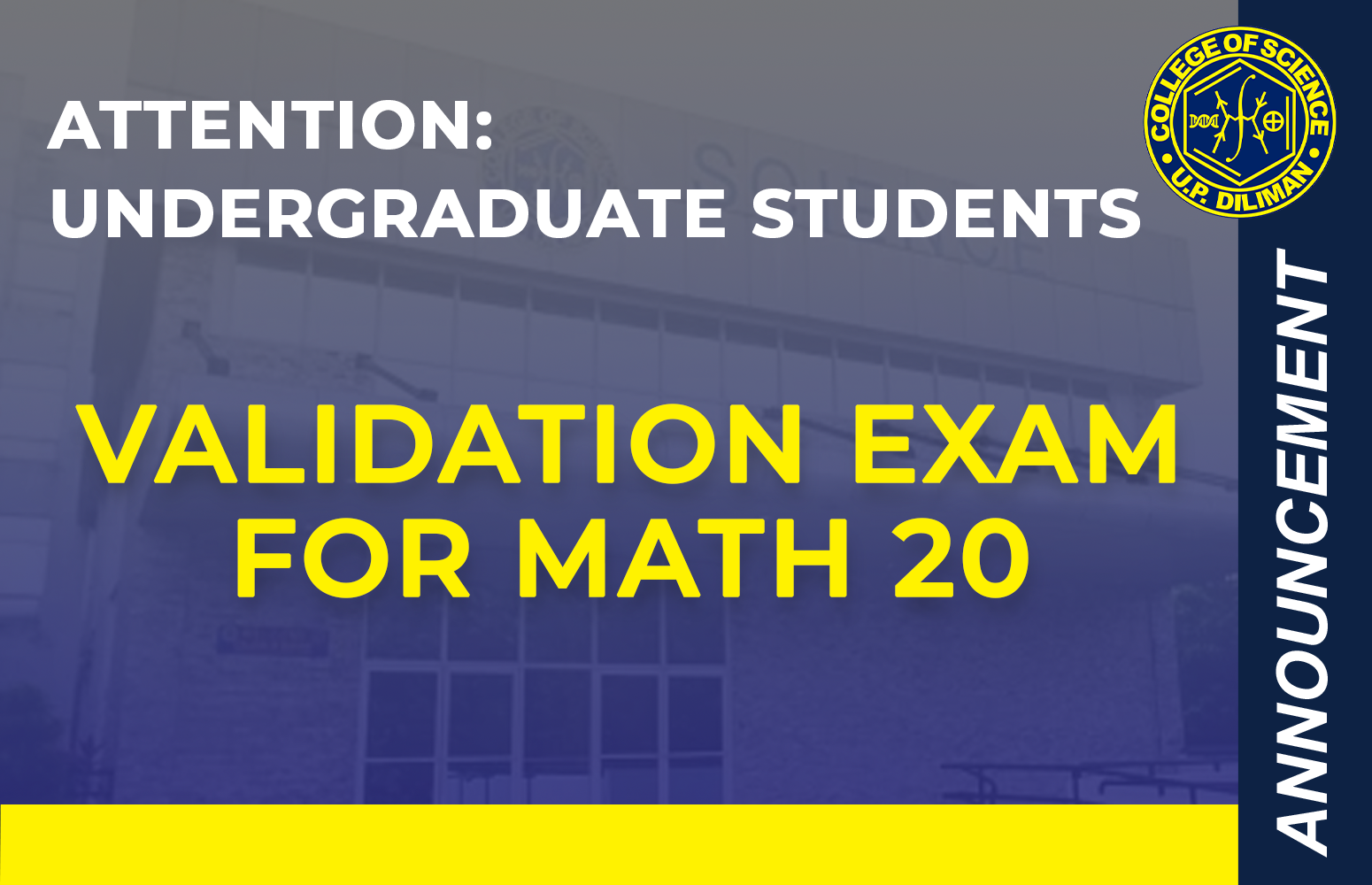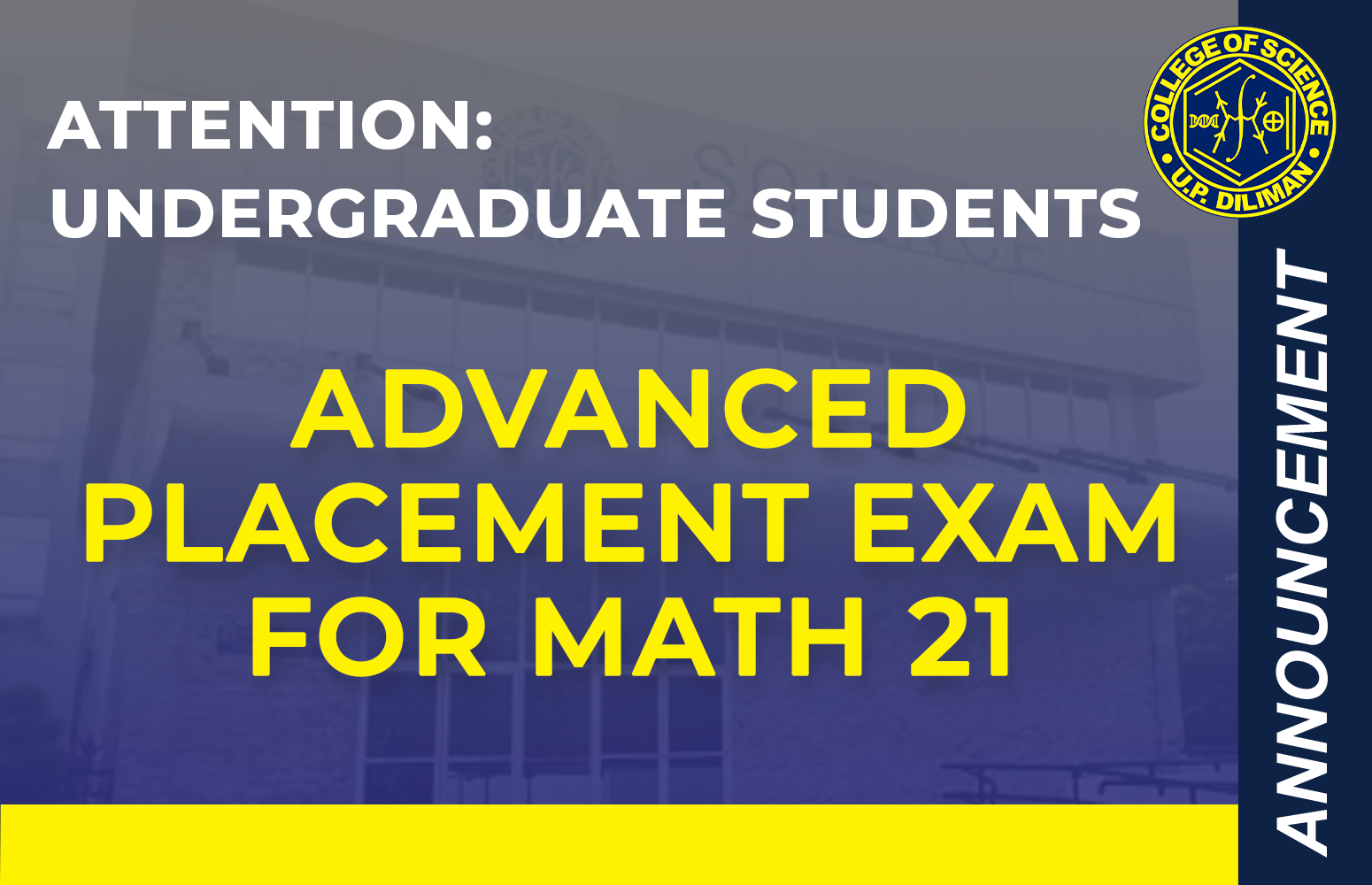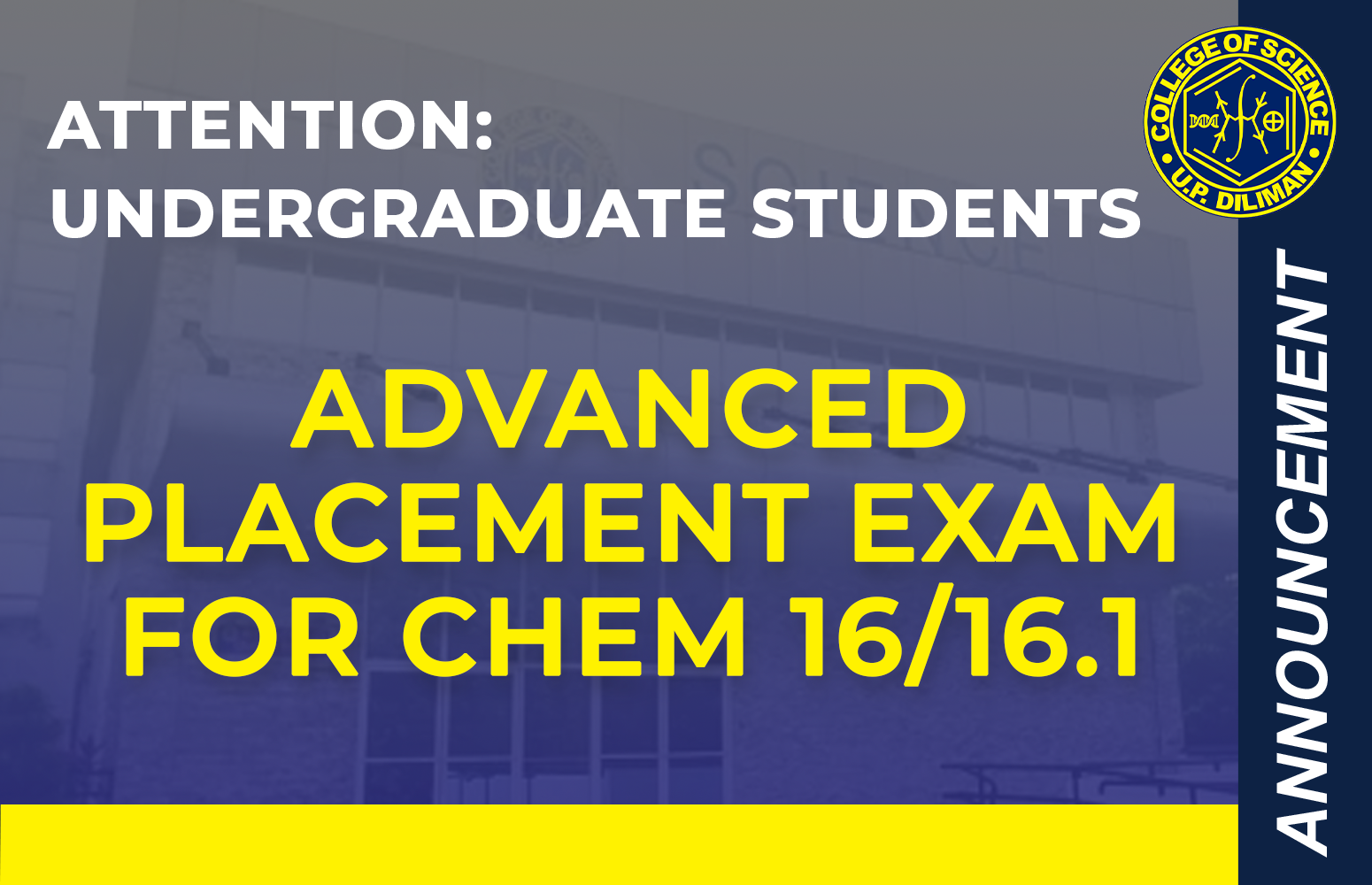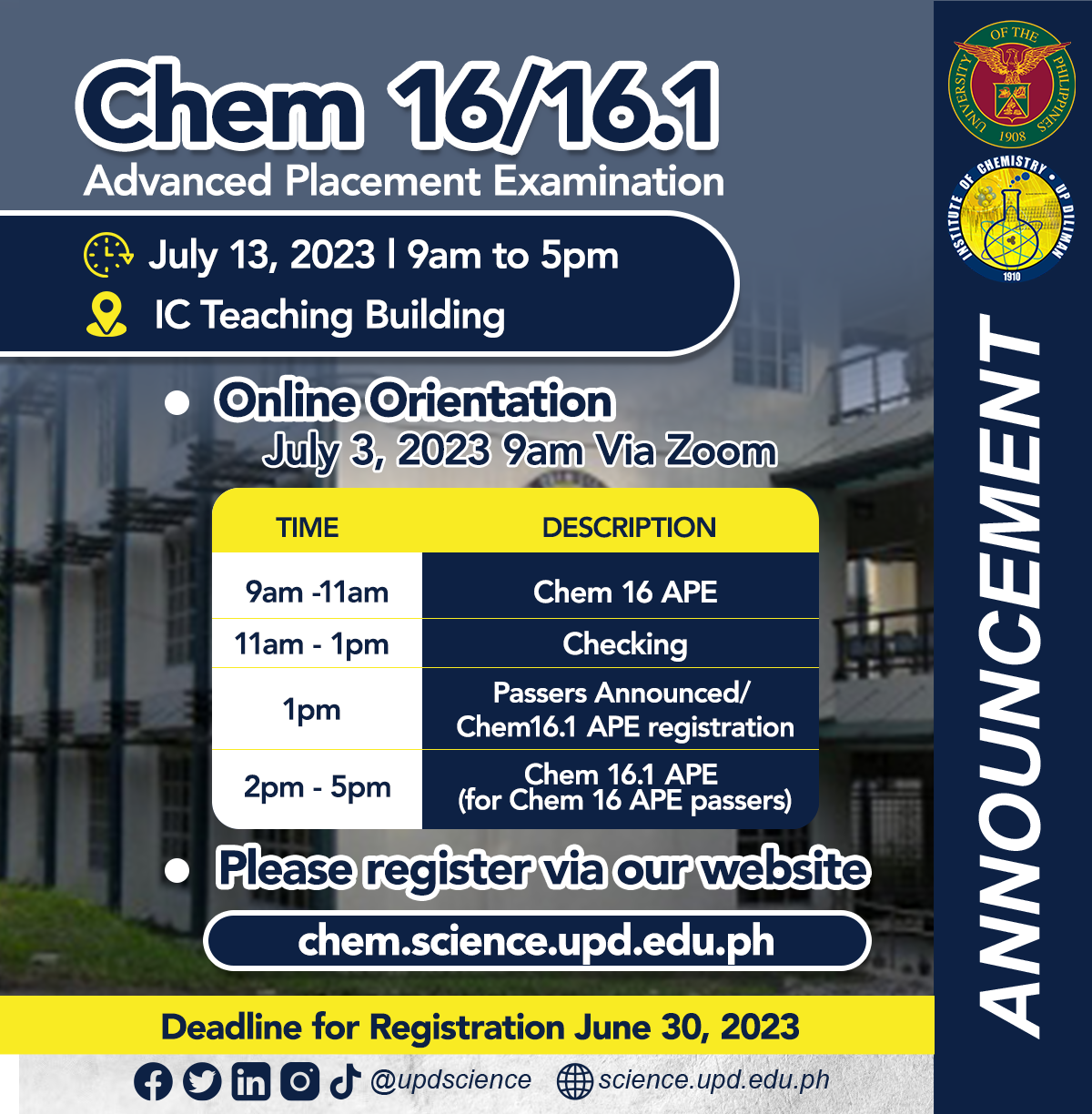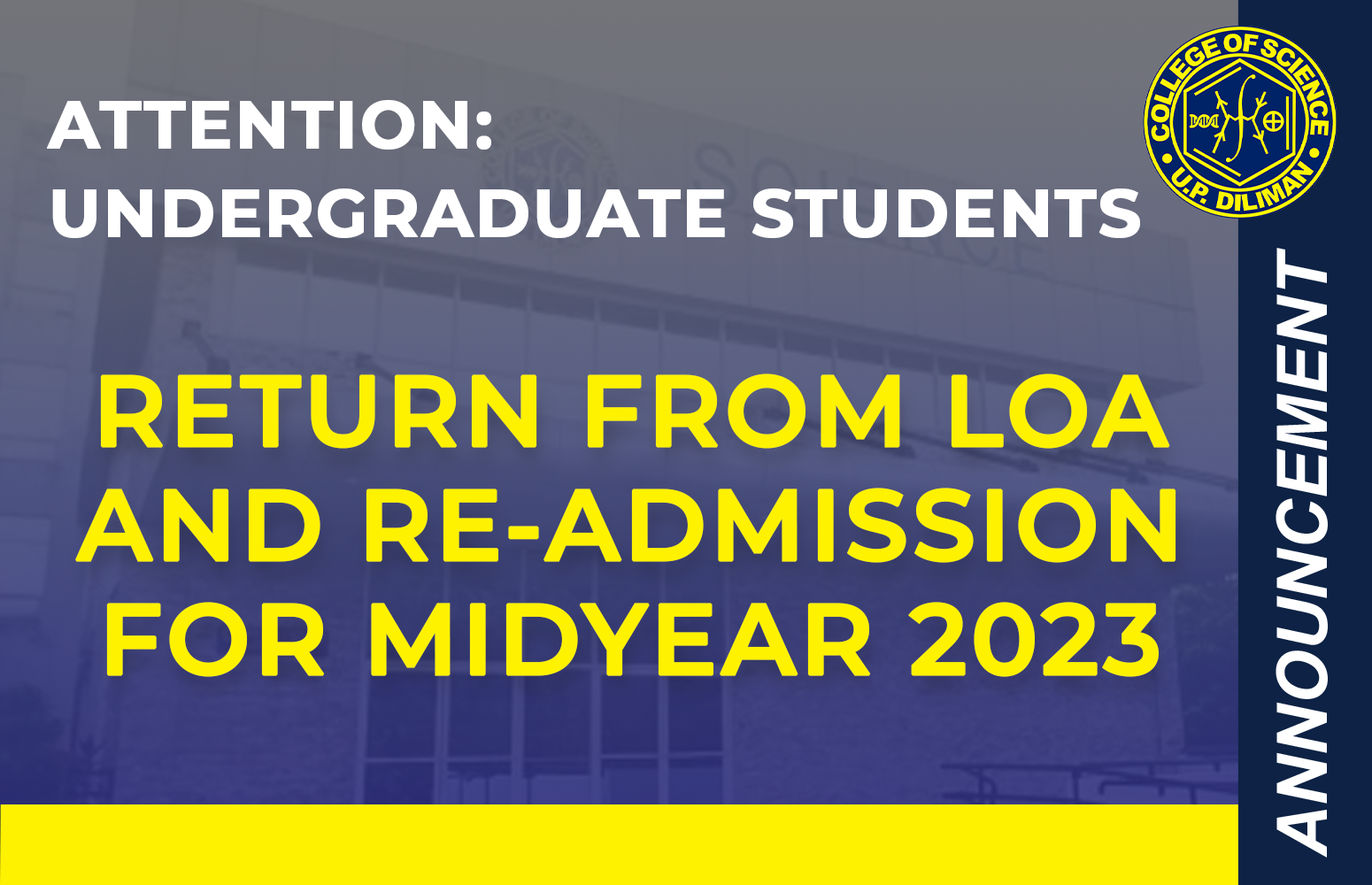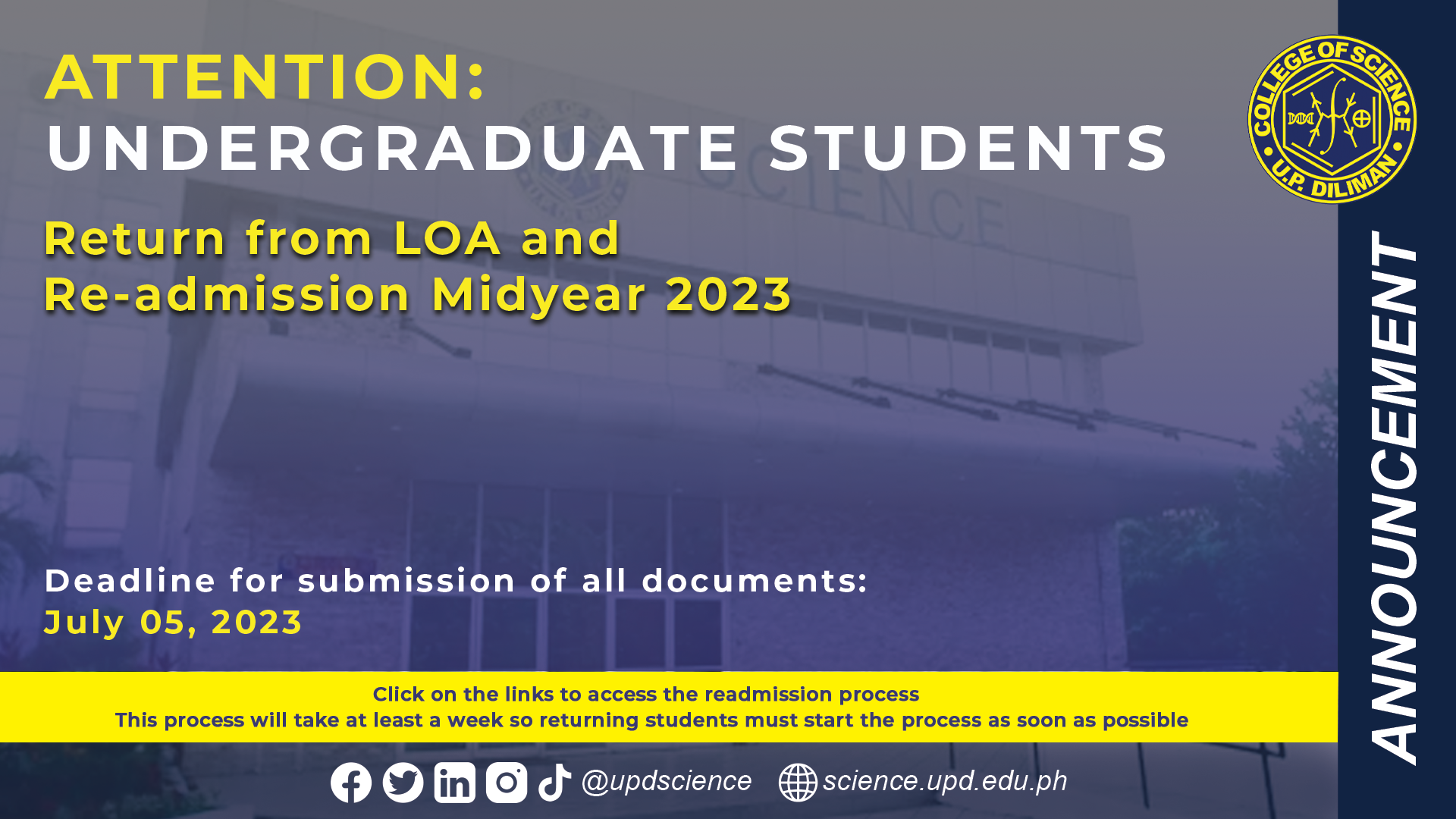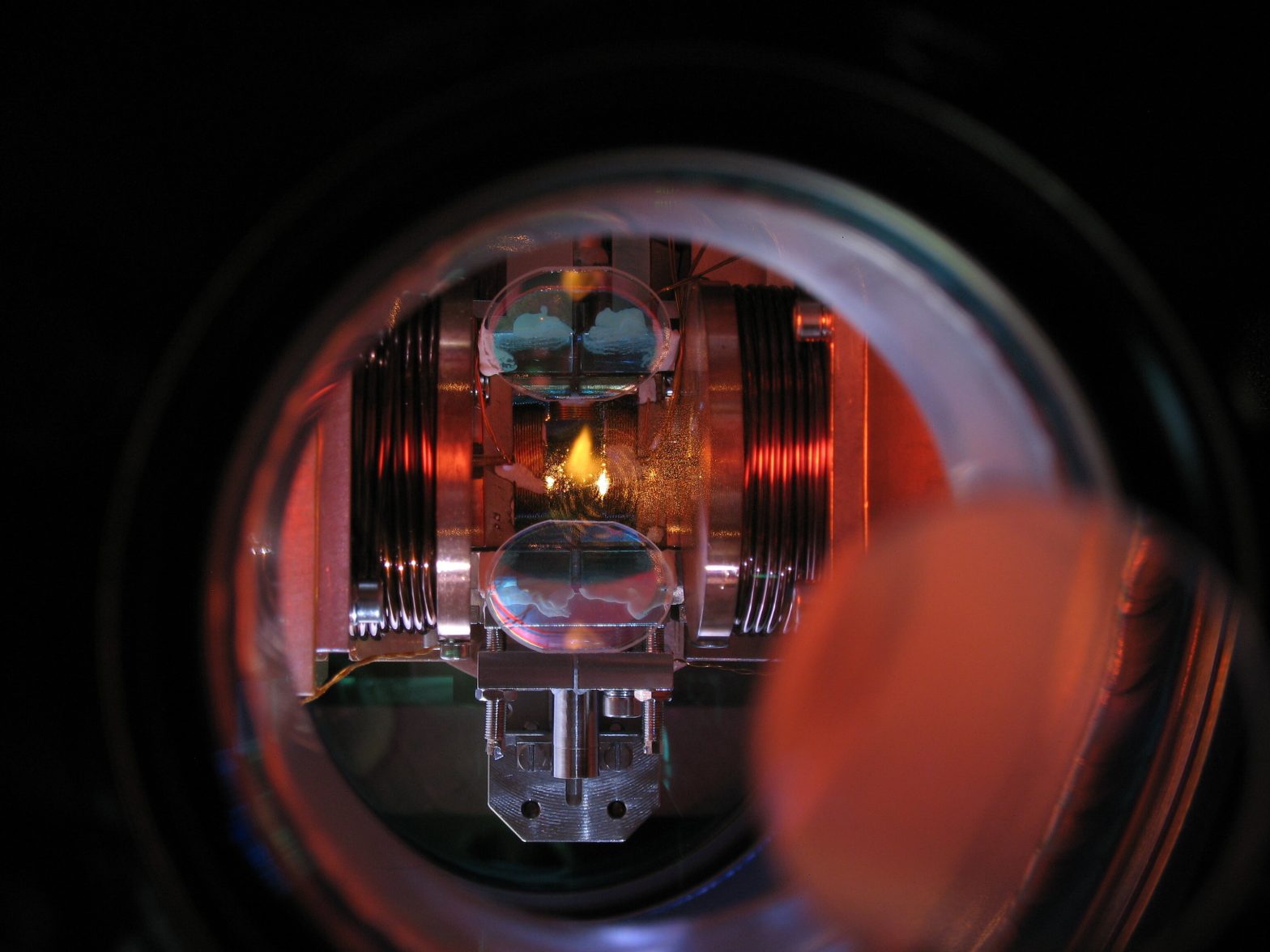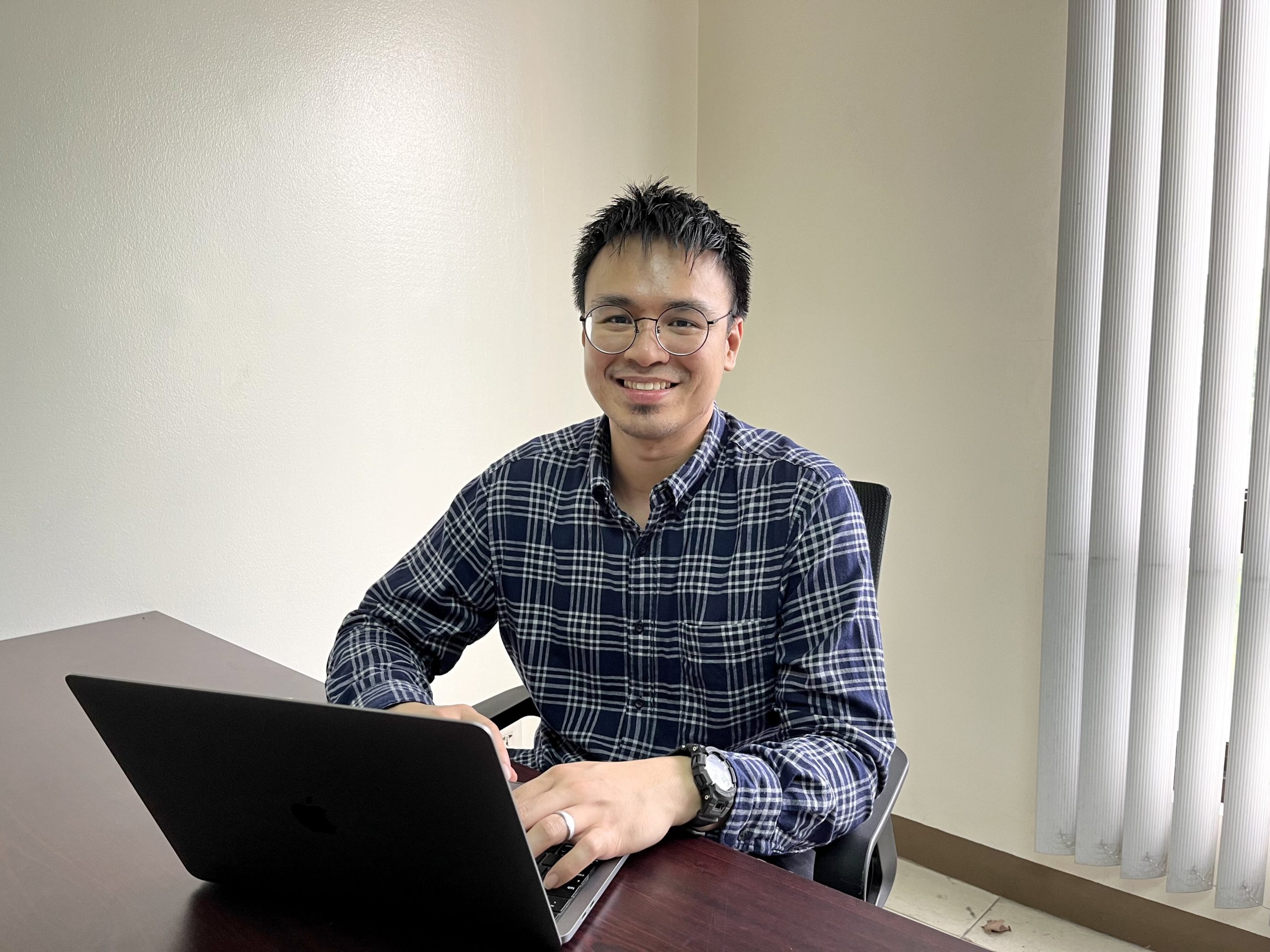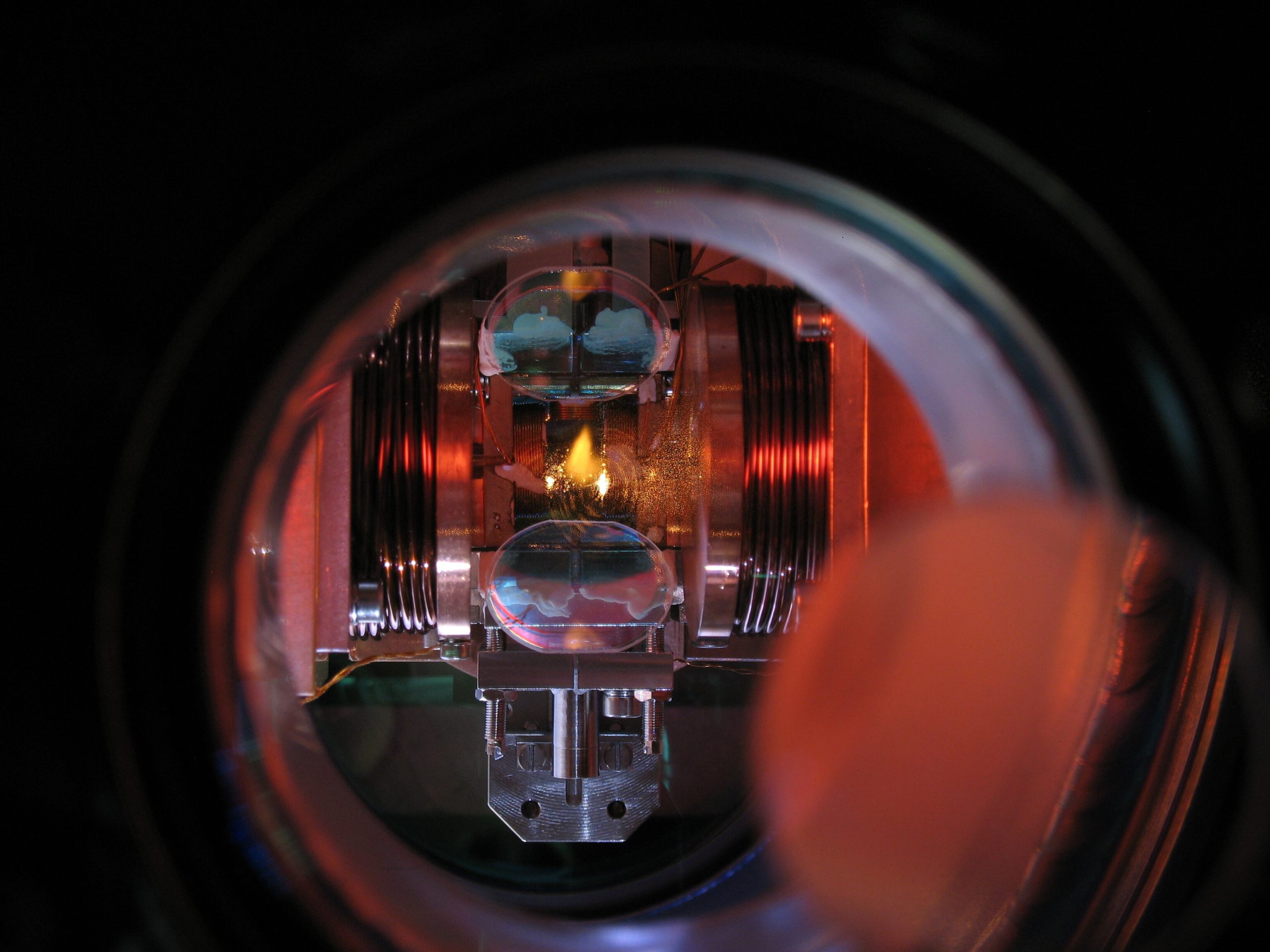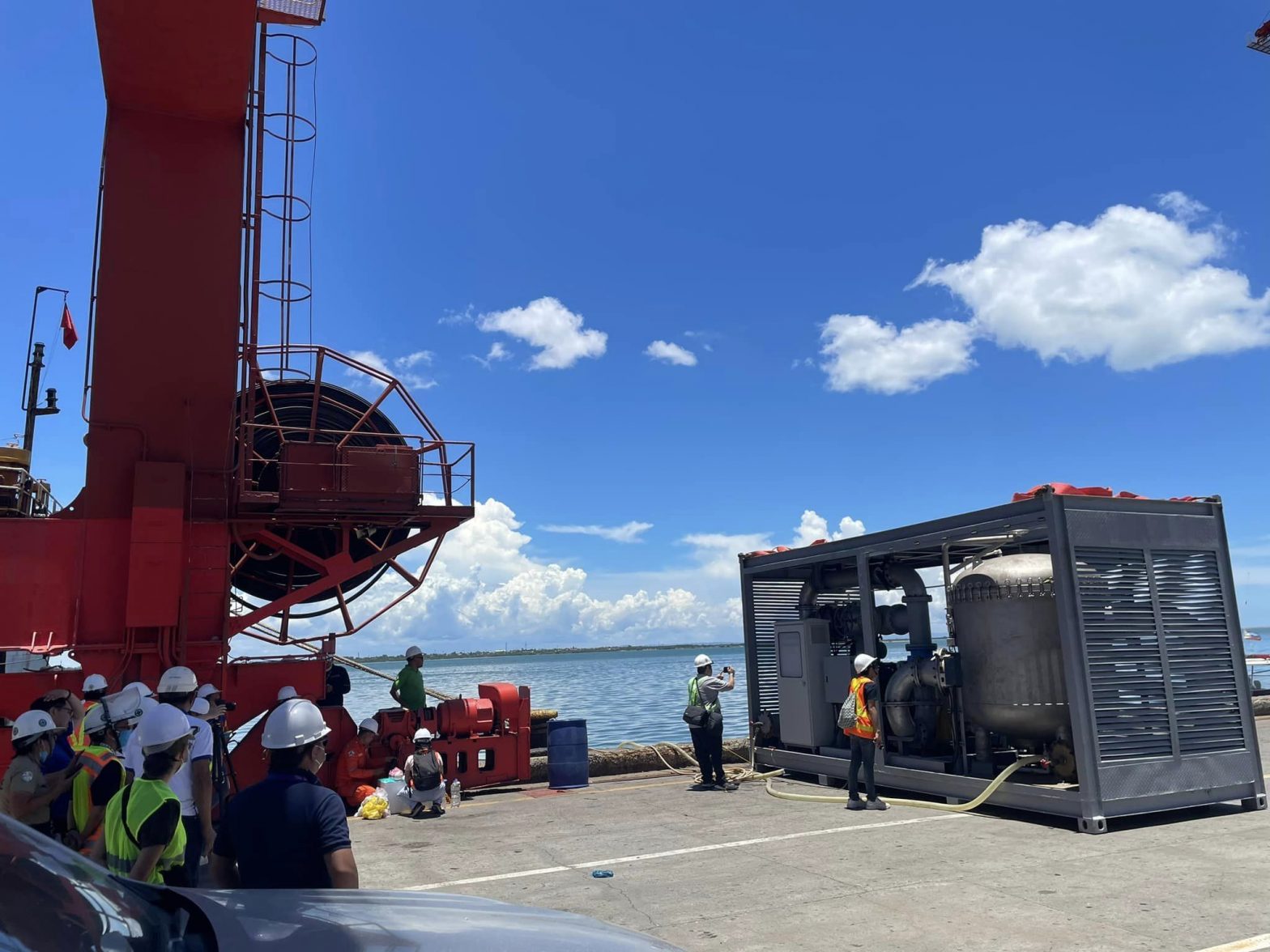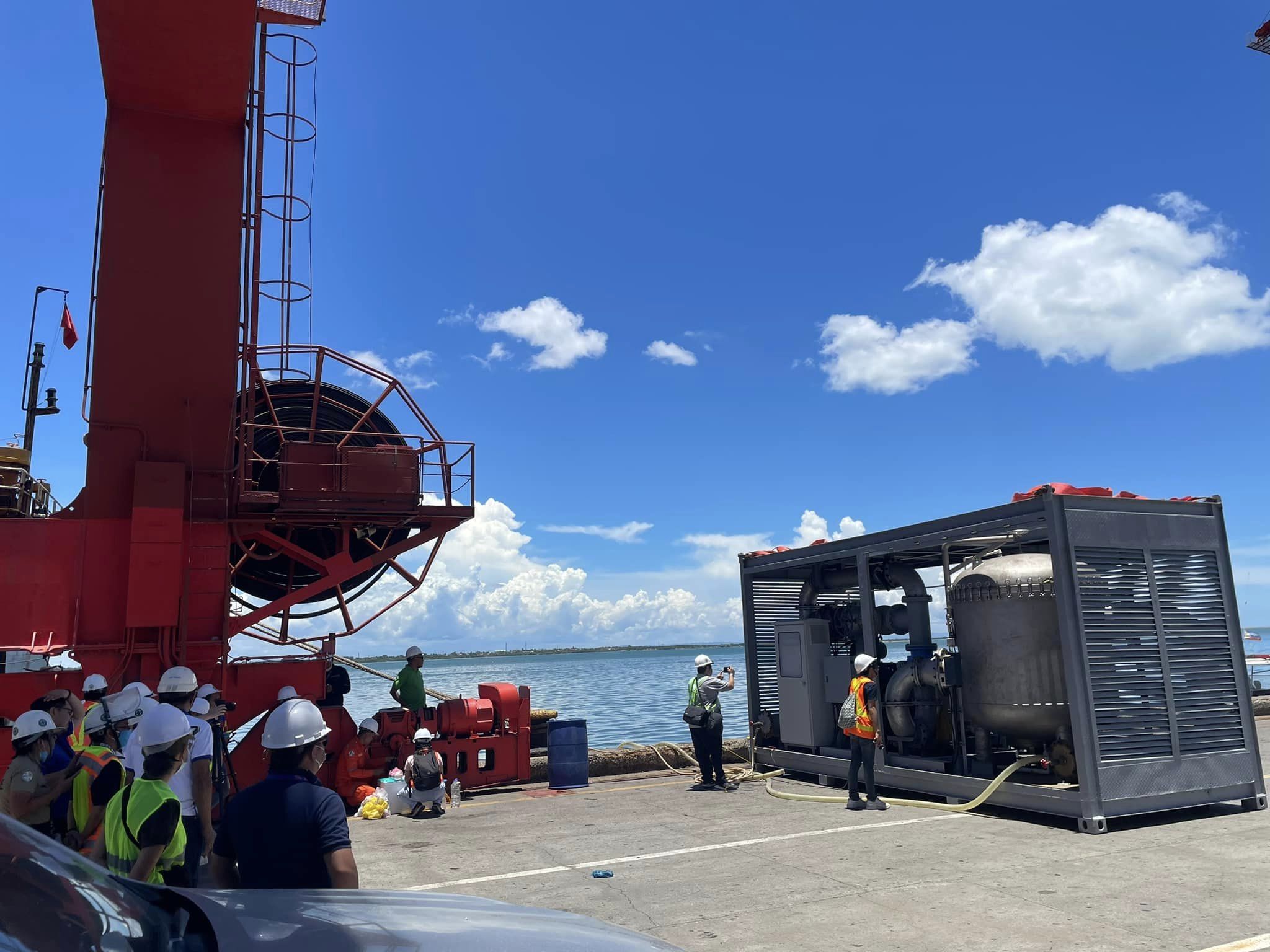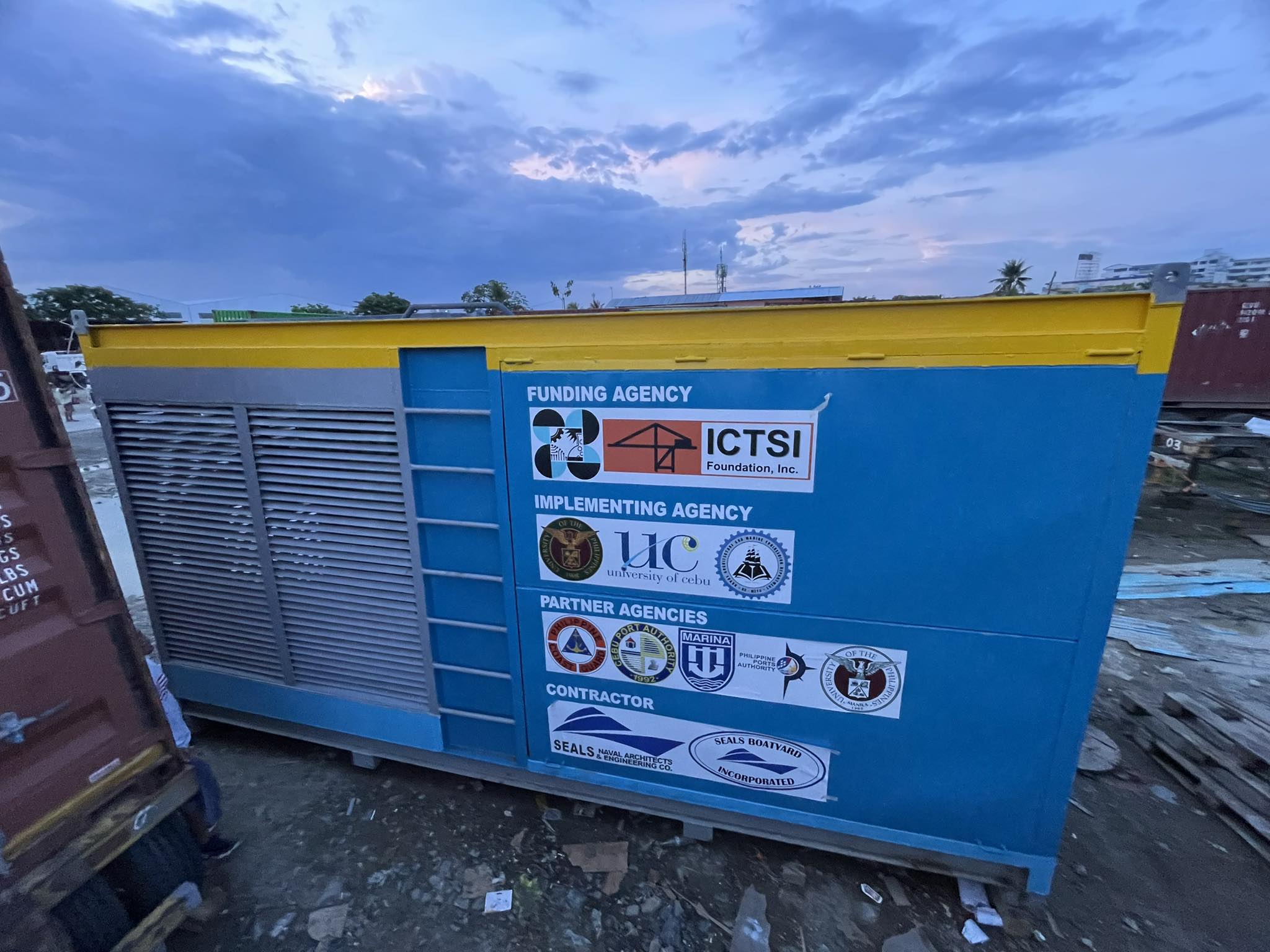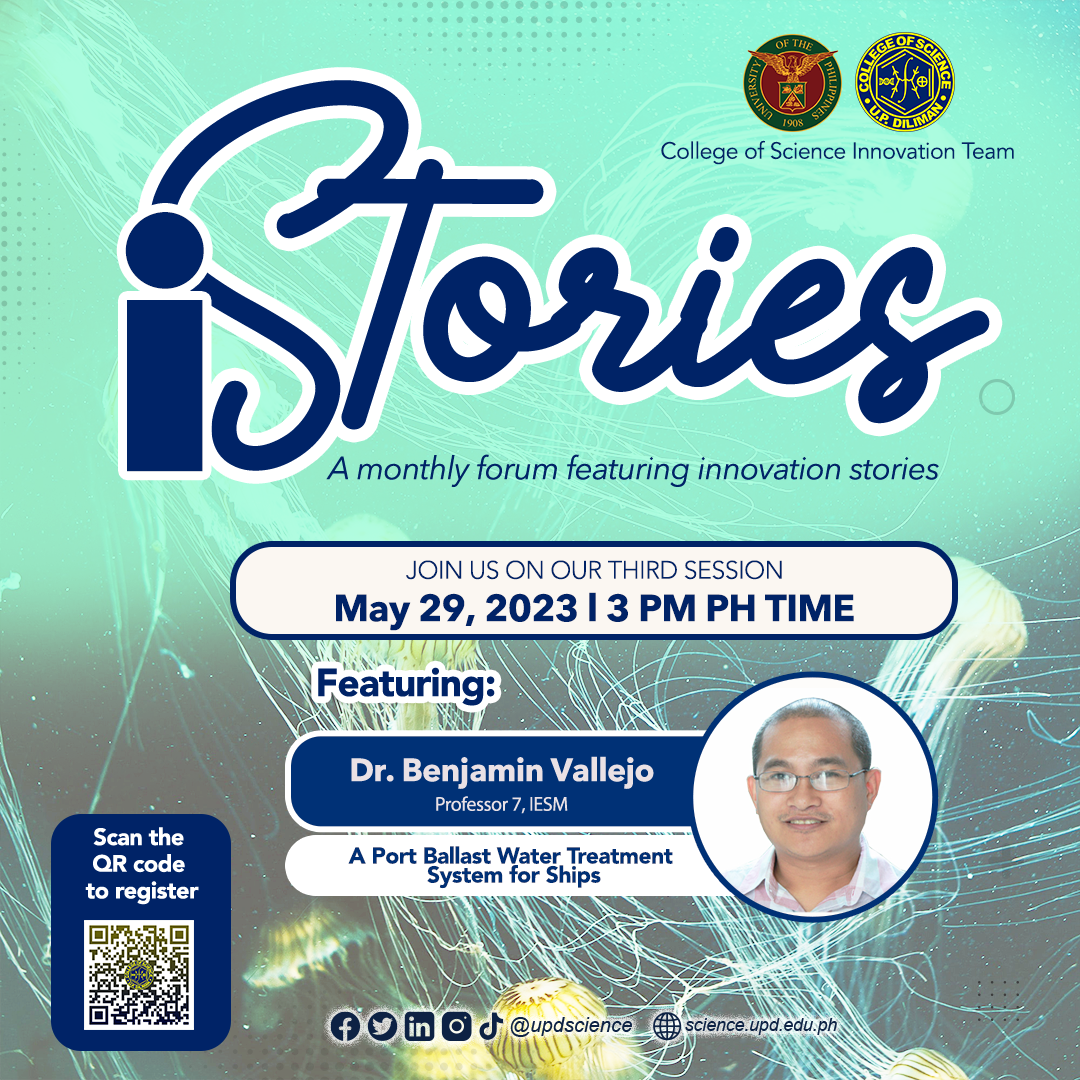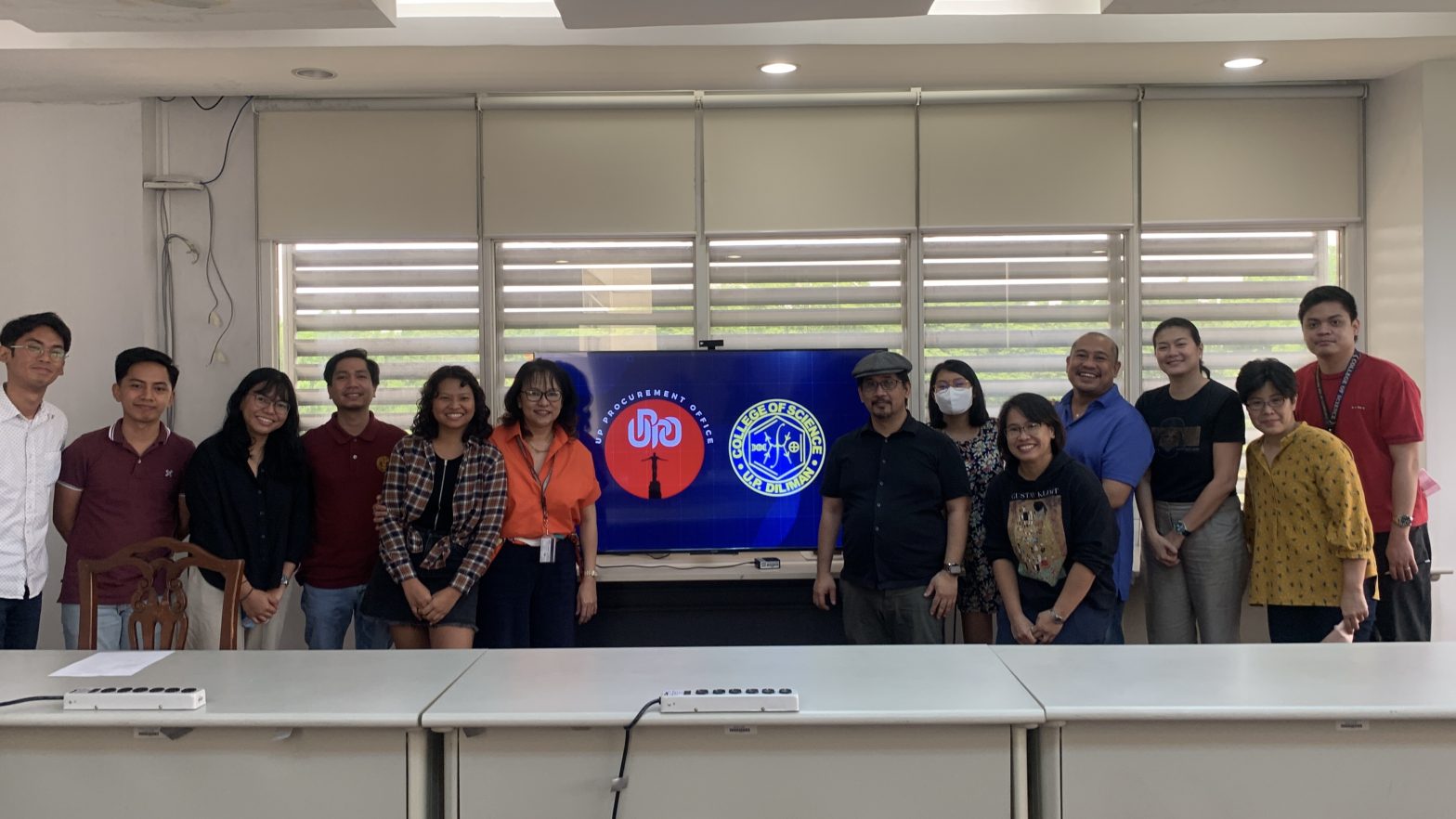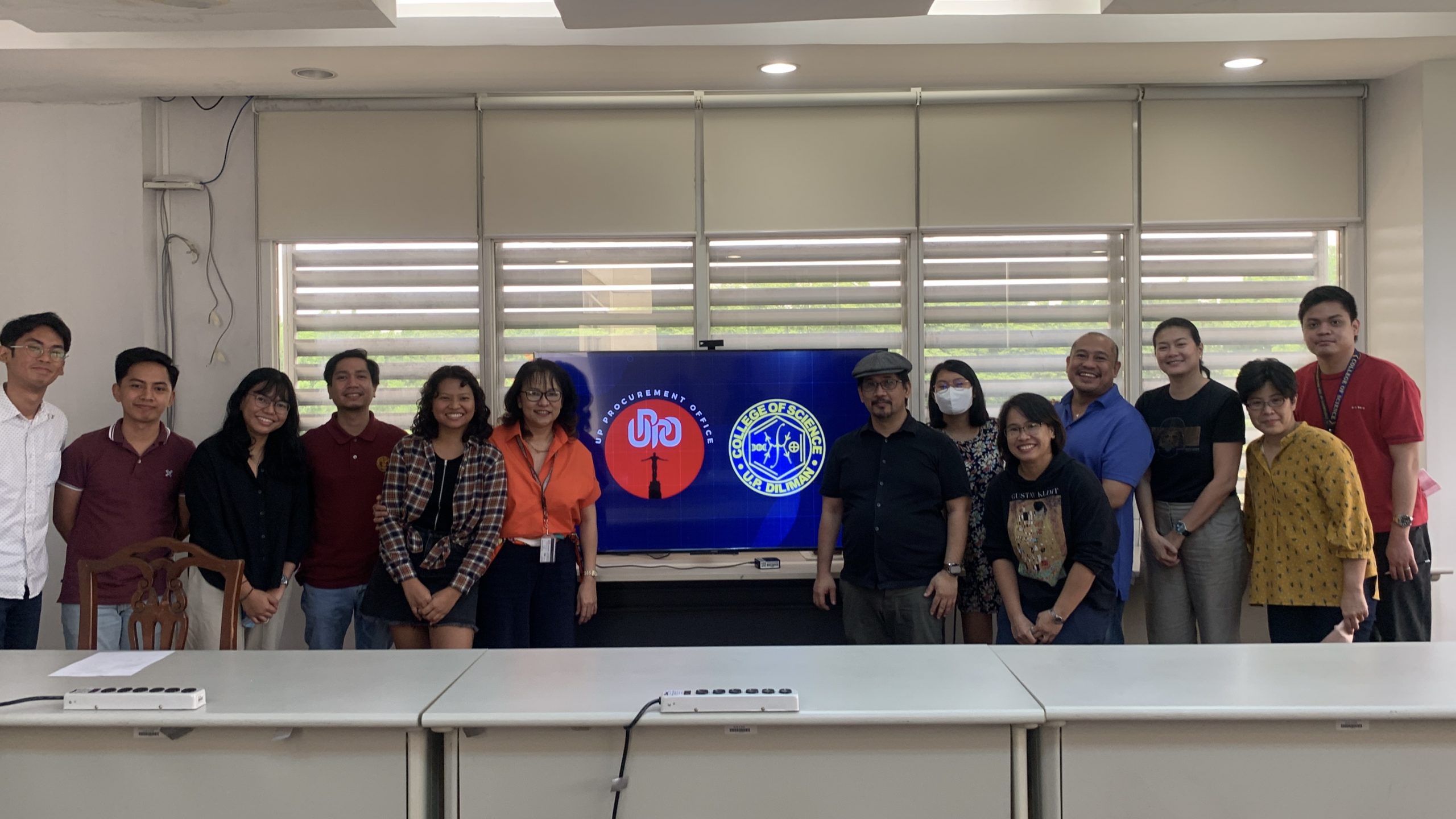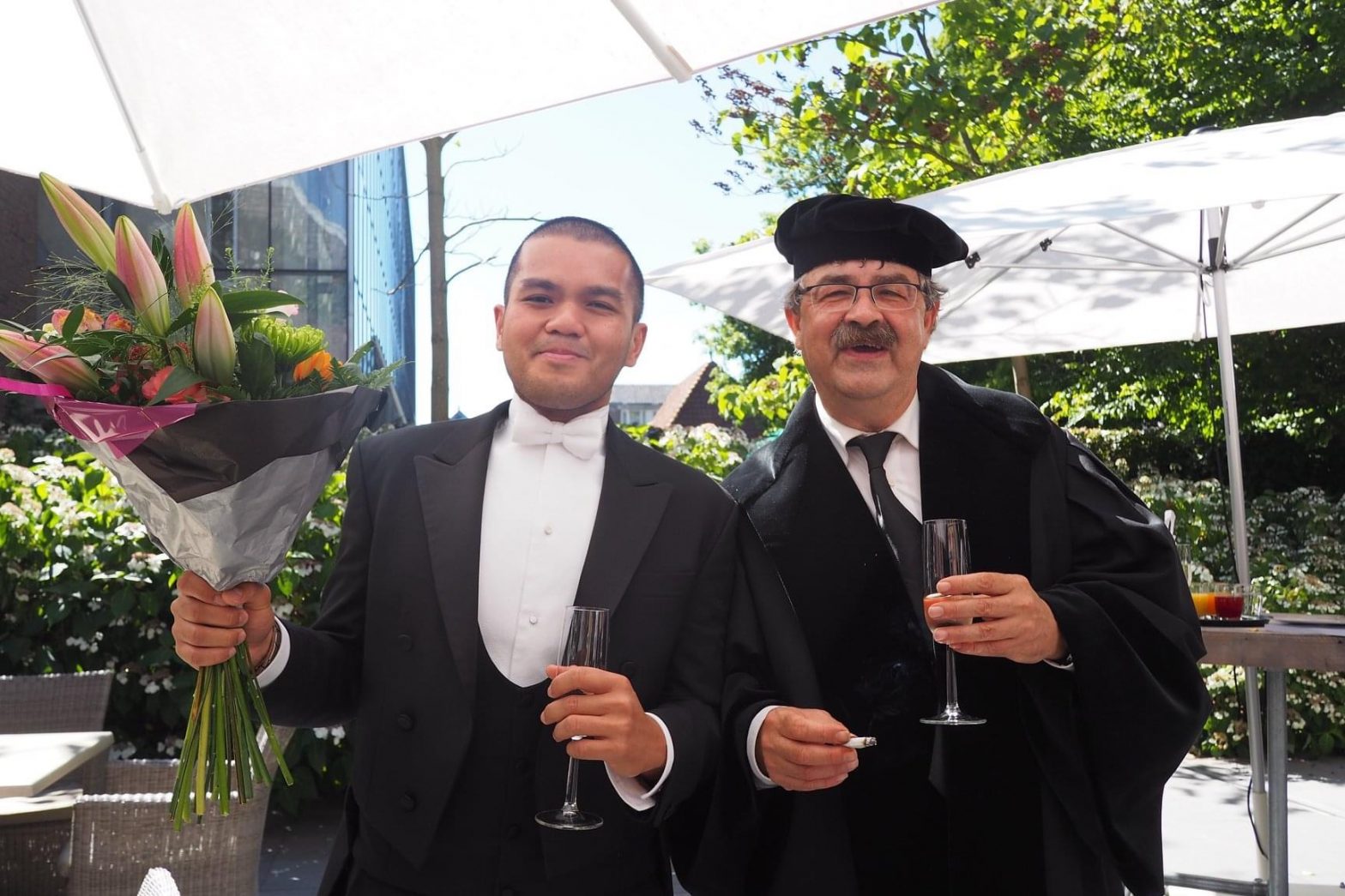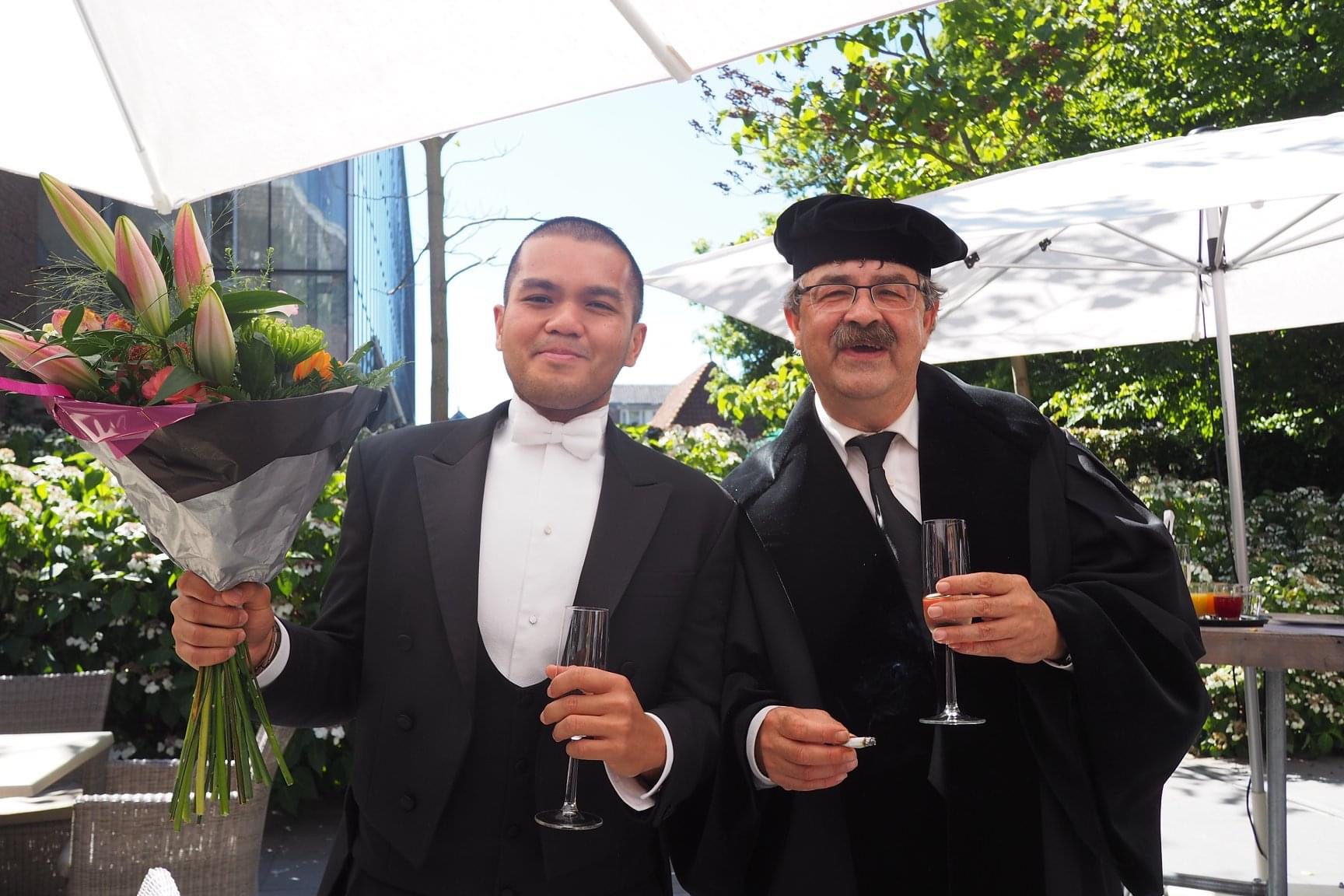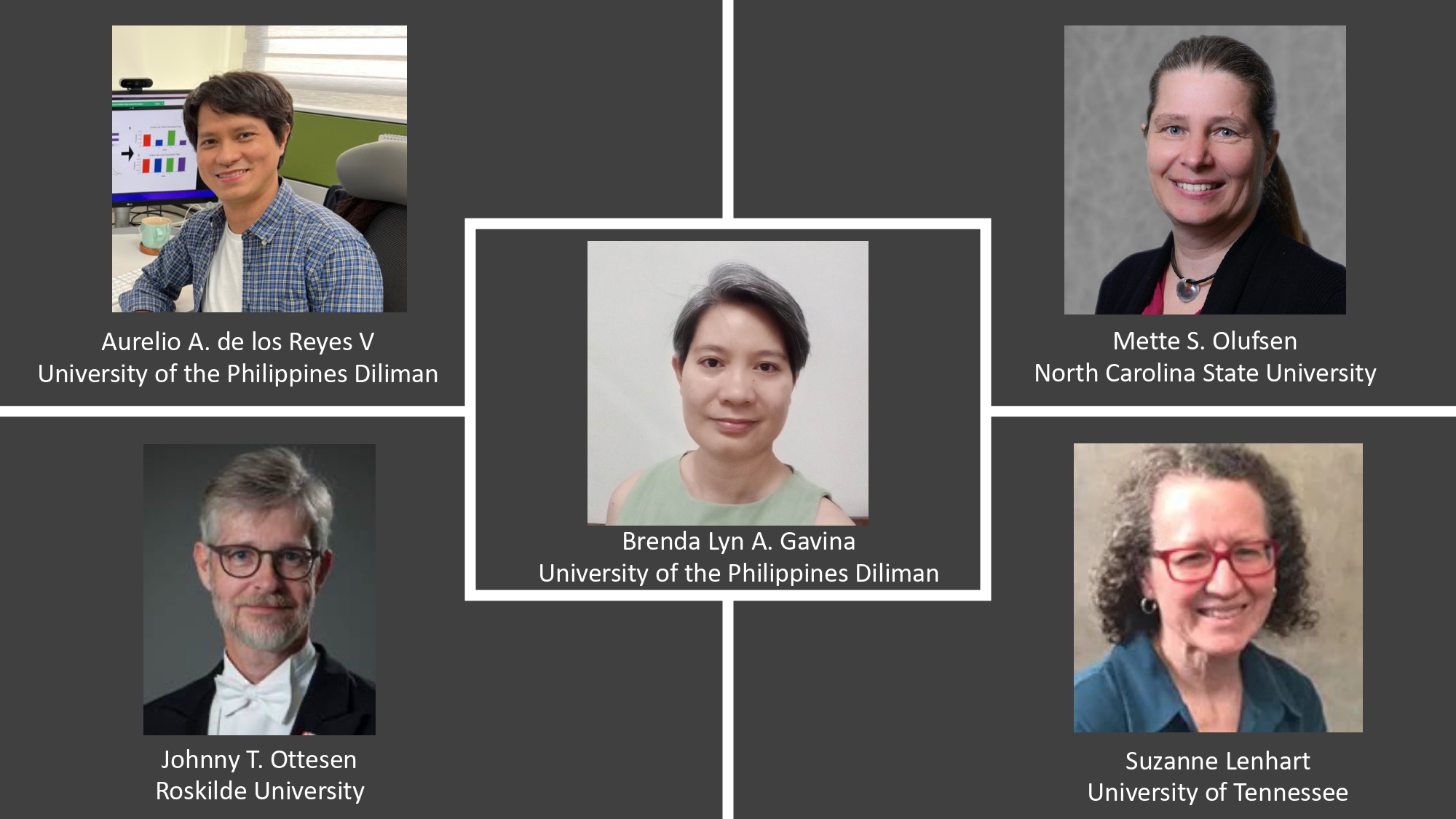From Sea to Sky: UPD-CS scientists feted for pioneering research
Published: June 16, 2023
By: Timothy James M. Dimacali
From the deepest stretches of the ocean to the farthest reaches of the sky, Filipino scientists are adding to humanity’s collective knowledge of the world. Their efforts have not gone unsung, as recent explorations by University of the Philippines-Diliman College of Science (UPD-CS) researchers have earned acclaim from both national and international scientific and award-giving bodies.
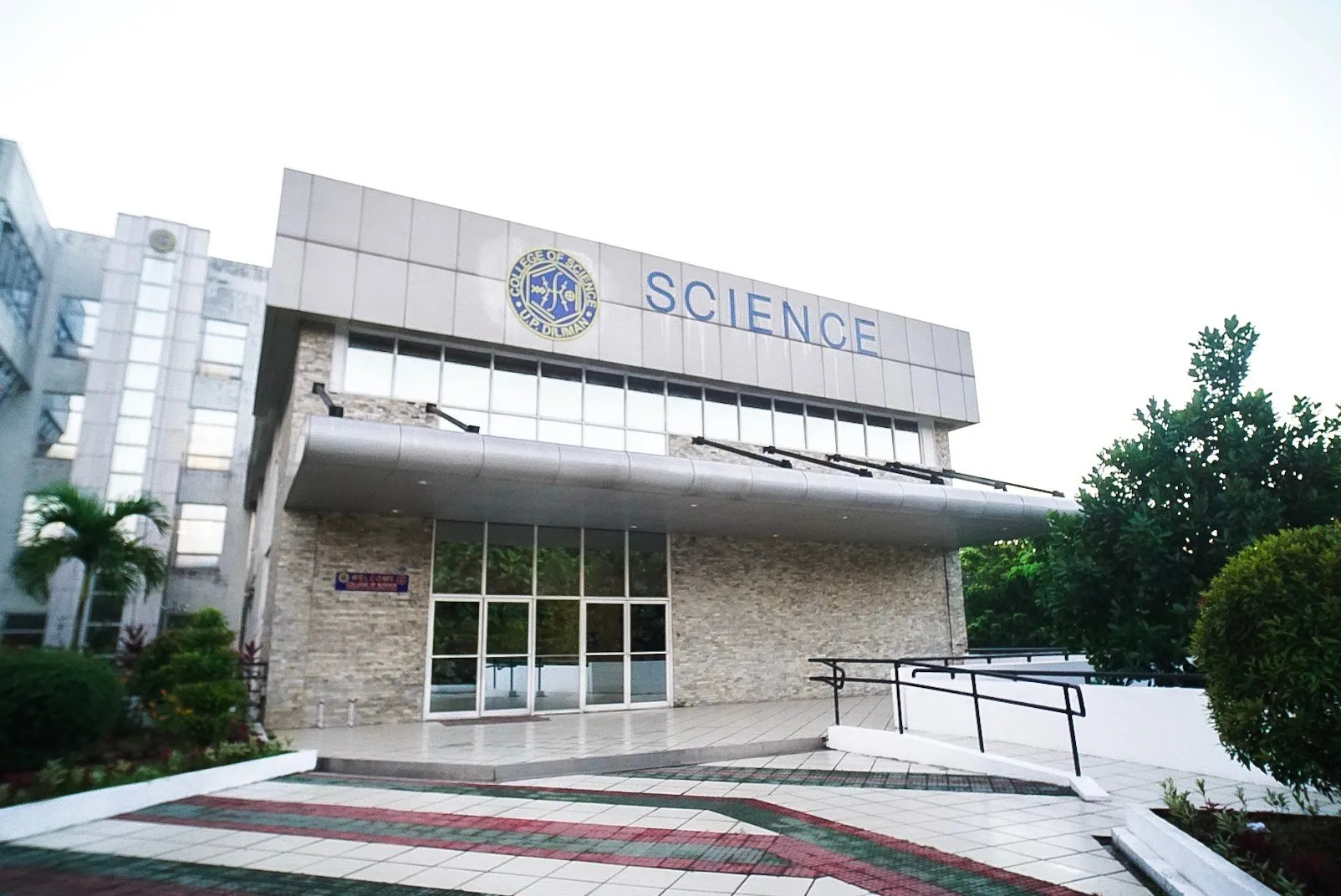
The Philippine National Academy of Science and Technology-Philippines (NAST) recently recognized six members of the UPD-CS community: two were named Academician; two were recognized as outstanding young scientists (OYS); and two won the grand prize and a special citation in the 2023 NAST Talent Search for Young Scientists (NTSYS). Meanwhile an additional four UPD-CS researchers were highlighted in this year’s edition of the prestigious Asian Scientist 100.
New Academicians
The NAST is the Philippines’ highest scientific advisory and recognition body; its distinguished members are selected exclusively by the Academy itself and conferred the title, “Academician.” Gil S. Jacinto, PhD, of the UPD-CS Marine Science Institute (UPD-CS MSI) and Maria Corazon A. de Ungria, PhD, of the UPD-CS Natural Sciences Research Institute (UPD-CS NSRI), were recently inducted as Academicians for their respective work in marine chemistry and forensic DNA technology.
Jacinto’s research interests are in nutrient and trace elements in tropical marine environments, marine pollution chemistry, submarine groundwater discharge, hypoxia, and seawater carbonate chemistry. He was MSI director from 2000 to 2006 and established the Marine Chemistry and Pollution Laboratory at the MSI, the first chemical oceanography laboratory in the Philippines.
Meanwhile, De Ungria is known for her research in human population genetics and forensic DNA technology, which are invaluable tools for human identification in criminal investigation, disaster victim identification, and resolving parentage disputes. She provided technical assistance in drafting the Supreme Court Rule on DNA evidence, which was approved in 2007 and has since been used nationwide by the Philippine judicial system in handling sexual assault cases. She is the director of the Program on Biodiversity, Ethnicity, and Forensics at the Philippine Genome Center and concurrently heads the DNA Laboratory of the NSRI.
Outstanding Young Scientists
The NAST OYS award is given annually to Filipino scientists aged 41 and below who have made significant contributions to science and technology and have been published in reputable scientific journals.
Jillian Aira S. Gabo-Ratio, DEng, of the UPD-CS National Institute of Geological Sciences (UPD-CS NIGS), and Reinabelle C. Reyes, PhD, of the UPD-CS National Institute of Physics (UPD-CS NIP) were recognized as this year’s OYS in the field of earth resources engineering, and astrophysics, respectively.
Gabo-Ratio is an associate professor at NIGS, and is the institute’s officer-in-charge-deputy director for academic affairs. Her research interests are in economic geology, igneous and sedimentary geochemistry, geophysics, and tectonics. A topnotcher in the 2006 Geology Licensure Examination, Gabo-Ratio is a recipient of the UP Alumni of Michigan Centennial Professorial Chair (2021), One UP Faculty Grant (2019-2021), UPD Centennial Faculty Grant (2017-2021), and the UP System International Publication Award (2017-2022).
Reyes, an associate professor at the NIP, made worldwide headlines in 2010 with her paper, “Confirmation of General Relativity on Large Scales from Weak Lensing and Galaxy Velocities which confirmed Albert Einstein’s Theory,” which was published in the high-profile journal, Nature. In 2020, she established the NIP Data and Computation Research Group, which is focused on data-driven astrophysics and computational physics.
NTSYS winners
Jayson Cosme, PhD, an associate professor at the NIP, is a theoretical physicist specializing in condensed matter. His paper, “Observation of a Continuous Time Crystal” clinched the grand prize at this year’s NTSYS. He also headed a recent study of dark matter, which resulted in a Nature Materials paper entitled, “Condensate Formation in a Dark State of a Driven Atom-Cavity System.”
A special citation was also given to Charlon A. Ligson, MS in Marine Science from the MSI, for his paper, “Survival and sexual maturity of sexually propagated Acropora verweyi corals four years after outplantation.”
Asian Scientist 100
Meanwhile, Singapore’s Asian Scientist Magazine recently released the latest edition of its annual “Asian Scientist 100” list that fetes the region’s best and brightest researchers, touted as “Asia’s science superstars.” In the 2023 list are four scientists from UPD-CS: Pia D. Bagamasbad, PhD, from the UPD-CS National Institute for Molecular Biology and Biotechnology (UPD-CS NIMBB); Aletta T. Yñiguez, PhD, of the UPD-CS MSI; and Allan Gil S. Fernando, PhD, and Mario Juan A. Aurelio, PhD, of UPD-CS NIGS.
Both Bagamasbad and Yñiguez were Philippine Outstanding Women in the Nation’s Service (TOWNS) awardees in 2022, for respectively spearheading an RT-PCR training program for the detection of SARS-CoV-2 in support of the country’s COVID-19 response, and for developing and advocating sustainable fishing practices among local communities. In the same year, Fernando was awarded the National Research Council of the Philippines’ Achievement Award in recognition of his contributions to earth and space science. For his part, Aurelio’s contributions to structural geology and geodynamics education earned him the 2022 Gregorio Y. Zara Award for Basic Research from the Philippine Association for the Advancement of Science and Technology (PhilAAST).
For interview requests and other concerns, please contact media@science.upd.edu.ph.
